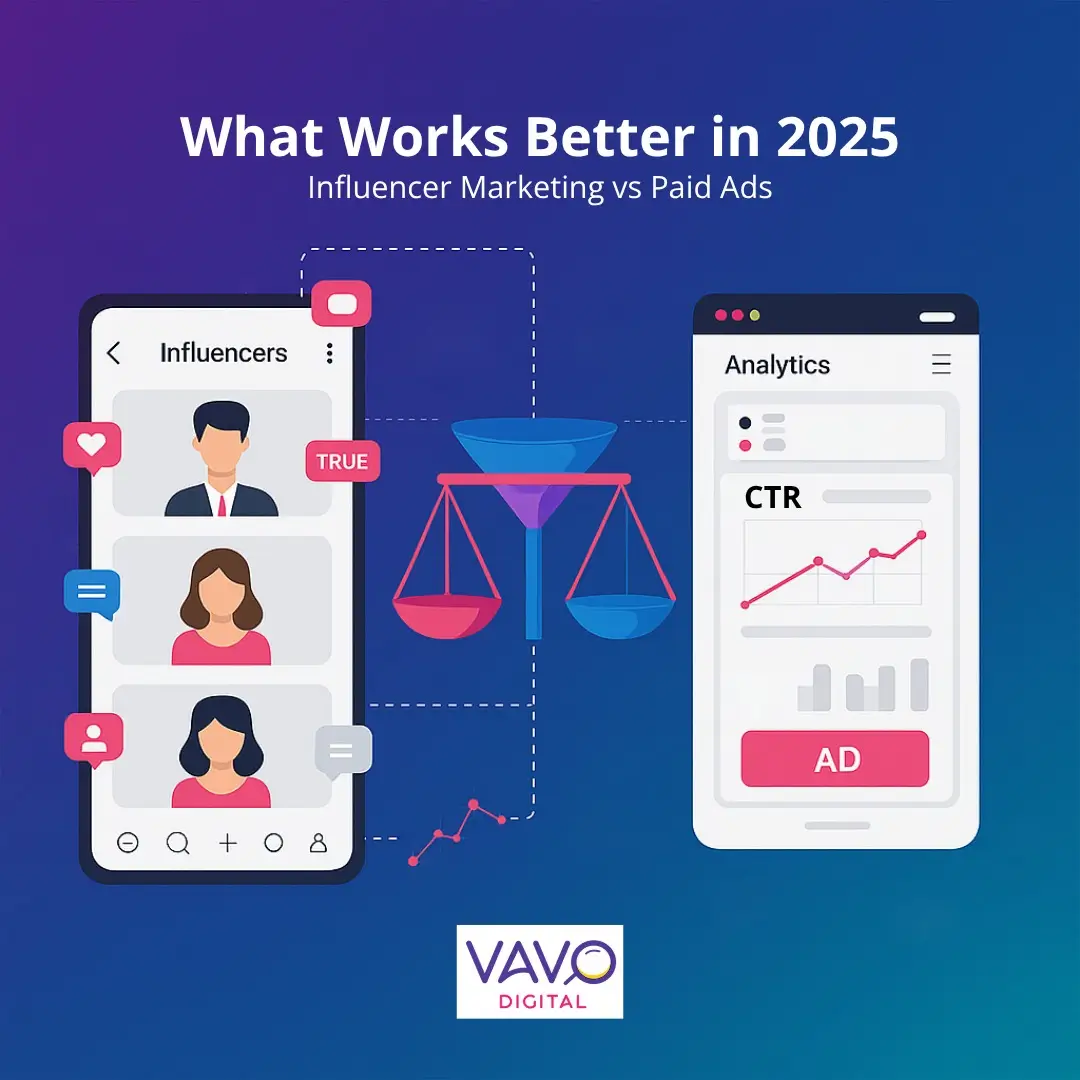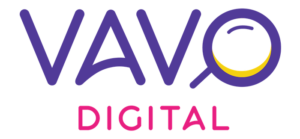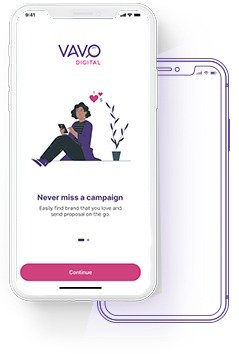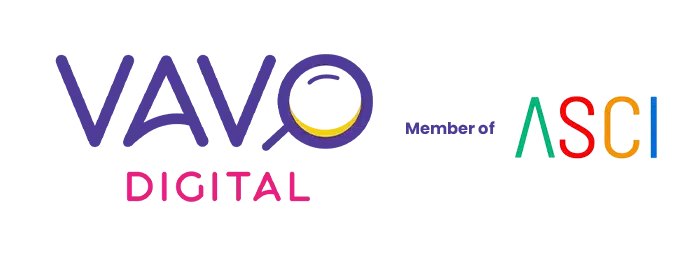
Influencer Marketing vs Paid Ads: What Works Better in 2025?
In the ever-evolving landscape of digital marketing, one question continues to dominate boardroom discussions, agency pitches, and creator-brand strategy meetings:
What works better in 2025 – Influencer Marketing or Paid Ads?
For brands trying to maximize ROI, the answer isn’t black and white. Both strategies offer powerful advantages. Both require a budget. But the nuances of consumer behaviour, algorithm changes, and audience trust have drastically shifted how these two marketing giants perform in today’s hyper-connected world.
This article breaks it down using data-backed insights, real-world examples, and actionable frameworks so you can make an informed decision based on your brand goals, your audience, and your budget.
The Rise of Influencer Marketing: Why Trust is the New Currency
In 2025, attention is costly, but trust is invaluable. The creator economy has matured beyond recognition, transforming influencer marketing from a chaotic realm of casual shout-outs and #sponsored posts into a sophisticated, ROI-driven ecosystem. Brands no longer view influencers as mere amplifiers of reach; they see them as strategic partners in storytelling, brand positioning, and performance marketing. With tools to track KPIs like engagement, conversions, and sentiment analysis, influencer marketing has become a core component of integrated campaigns. According to HubSpot’s 2025 Marketing Trends Report, 89% of marketers confirm that ROI from influencer collaborations now matches or surpasses traditional marketing channels.
The reason is clear: consumers no longer respond to advertisements; they respond to authenticity. In an age of information overload, people turn to trusted voices who reflect their values and lifestyle. Influencers, especially those in niche markets, cultivate genuine relationships with their audiences. Their content doesn’t feel like advertising; it feels like advice from a friend. That emotional credibility turns product recommendations into personal endorsements, significantly increasing consumer confidence and purchase intent. In this trust economy, brands that align with the right influencers aren’t just gaining visibility, they’re earning loyalty.
According to HubSpot’s 2025 Marketing Trends Report:
89% of marketers say ROI from influencer marketing is equal to or better than other marketing channels.
Let’s unpack the numbers.
Influencer Marketing Performance Metrics (2025):
- Average ROI: $5.78 per $1 spent
- Engagement Rate: 3x higher than traditional social ads
- Click-through rate (CTR): 2.4% (compared to 0.9% for display ads)
- Conversion Rate: 4.5% (micro-influencers); 6.1% (nano-influencers)
Paid Ads in 2025: Sophisticated, Scalable, but Saturated
Paid advertising continues to dominate digital marketing budgets and rightly so. With the speed, scalability, and precision offered by platforms like Meta’s AI-driven targeting and Google Performance Max, paid ads remain a powerful tool for driving results. However, the landscape is becoming increasingly saturated. The average consumer is exposed to over 6,000 ads per day, yet trusts fewer than 12% of them. Despite advancements in algorithmic targeting and segmentation, issues like ad fatigue and banner blindness are escalating. As a result, the cost of customer acquisition through paid advertising has surged by 28% over the past two years, challenging marketers to rethink how they balance performance with authenticity.
But here’s the reality:
The average consumer sees over 6,000 ads per day and trusts fewer than 12% of them.
Paid Ads Performance Metrics (2025):
- Average CTR (Facebook/Instagram Ads): 0.9%
- Average Conversion Rate (E-commerce): 2.35%
- Average Cost Per Click (CPC): $1.91 (Meta), $3.12 (Google Search)
- Average ROAS: 2.2x
Influencer Marketing vs Paid Ads: Head-to-Head Breakdown
| Criteria | Influencer Marketing | Paid Advertising |
| Trust Factor | High (especially micro/nano) | Low to moderate |
| Scalability | Moderate (dependent on creators) | High (automated scaling) |
| Cost Efficiency | High (long-term partnerships) | Moderate to low (rising CPC) |
| Conversion Power | High (authentic CTA) | Moderate (less personalized) |
| Speed to Market | Slower setup | Immediate launch possible |
| Creative Control | Shared with influencer | Full control |
| Targeting Precision | Audience alignment via creators | Algorithmic targeting |
| Brand Lift | High (organic UGC) | Low to moderate |
Consumer Behaviour Shift: Why Audiences Are Tuning Out Ads
One of the most significant forces reshaping the marketing landscape is the shift in consumer behavior. Audiences today are more selective and resistant than ever, actively skipping, muting, or blocking ads as part of their default digital habits. According to a 2025 Nielsen study, 67% of Gen Z users skip ads within the first five seconds a clear signal that traditional ad formats are losing their grip. This generation, raised in an on-demand digital world, values authenticity over interruption and control over exposure.
This is where influencer marketing excels. Unlike traditional ads, influencer content is seamlessly woven into the user experience non-disruptive, relevant, and often entertaining. The same Nielsen study found that 74% of consumers trust influencers more than brand-generated content. When a product appears naturally in a “Day in the Life” vlog or a tutorial, it doesn’t feel like an ad; it feels like a recommendation. This context-rich approach builds trust, encourages engagement, and drives action in ways that conventional advertising struggles to replicate.
A 2025 Nielsen study found:
67% of Gen Z users skip ads within the first 5 seconds.
74% trust influencers more than brand content.
Which One Drives More Revenue?
Let’s be honest if your objective is immediate, trackable sales, paid ads remain the most effective tool. They offer speed, scalability, and real-time optimization through features like A/B testing and dynamic budget control. However, for brands aiming to build long-term equity, foster loyalty, and achieve sustainable growth, influencer marketing provides a deeper, more enduring return. Increasingly, brands are shifting their approach, treating influencers as strategic partners rather than short-term assets. This shift has led to innovative models such as affiliate revenue sharing, creator-led content hubs like those seen with Revolve and Gymshark, and hybrid strategies where user-generated influencer content is repurposed for paid campaigns. The result is a marketing engine fueled not just by reach, but by trust, relevance, and long-term engagement.
Hybrid Strategy: Why the Smartest Brands Combine Both
The smartest CMOs in 2025 aren’t choosing either/or. They’re asking:
“How can we integrate both to complement each other?”
Here’s a proven framework:
The “Fuse Funnel” Model:
- Top of Funnel (TOFU): Use influencers to generate awareness and organic UGC
- Middle Funnel (MOFU): Retarget influencer-engaged users with paid ads
- Bottom Funnel (BOFU): Use testimonials and influencer content in conversion ads
The “Fuse Funnel” model is a modern, integrated approach that blends influencer marketing with paid media to create a seamless customer journey across all stages of the funnel. At the Top of Funnel (TOFU), influencers are leveraged to spark awareness and generate authentic, organic user-generated content (UGC). This content doesn’t just introduce the brand, it builds initial trust and engagement within niche communities. Moving into the Middle Funnel (MOFU), brands can strategically retarget users who have interacted with influencer content using highly personalized paid ads. These ads serve as a bridge, nurturing curiosity into consideration by reinforcing messaging through platforms like Instagram, YouTube, or Meta. At the Bottom Funnel (BOFU), the strategy culminates with conversion-focused ads powered by influencer testimonials, reviews, and compelling calls to action. These assets add credibility and urgency right where it matters most when the buyer is ready to make a decision.
For example, imagine a beauty brand launching a new serum. They collaborate with a group of micro-influencers to create Reels content showcasing daily use, benefits, and skin results. Viewers engage, click through, and enter the funnel. Retargeting ads then follow these warm leads across social platforms, reinforcing the message with reviews, before eventually serving a paid ad that includes a limited-time discount and repurposed influencer content. The result? A fully integrated campaign that delivers a 3x lift in conversions by blending authenticity at the top with performance marketing precision at the bottom.
Conclusion: It’s Not About Choosing One, It’s About Choosing Wisely
In 2025, the debate between influencer marketing and paid ads isn’t about which one wins, it’s about which one works when and how. Paid ads still dominate for quick, performance-driven outcomes with measurable ROI in short windows. But influencer marketing has emerged as the strategic powerhouse for building trust, increasing engagement, and nurturing long-term brand loyalty. The smartest brands aren’t choosing one over the other, they’re leveraging both in a unified strategy that aligns with audience expectations and digital behaviours. With models like the “Fuse Funnel,” marketers can build seamless, multi-touch journeys that maximize visibility, deepen trust, and drive sustained growth across all stages of the funnel. The future of marketing isn’t binary. It’s blended.
Top 5 FAQs: Influencer Marketing vs Paid Ads in 2025
1. Is influencer marketing more cost-effective than paid advertising?
Yes especially in the long term. Influencer campaigns, particularly with micro and nano influencers, tend to offer higher engagement, more authentic reach, and repurposable content at lower costs than rising CPCs in paid ads.
2. Can influencer marketing drive conversions as effectively as paid ads?
Absolutely. While paid ads are optimized for quick conversions, influencer marketing builds trust and often drives higher-quality conversions. Nano-influencers, for example, report conversion rates as high as 6.1%, often surpassing those of display ads.
3. Which is better for a product launch: influencers or ads?
Both. Use influencers to generate organic buzz and early traction, then support that momentum with paid ads to retarget and scale the exposure. This hybrid approach ensures both depth and breadth.
4. How do I measure ROI from influencer marketing?
Trackable metrics include engagement rate, click-through rate, conversions, affiliate revenue, and even customer sentiment. Platforms now provide tools for performance attribution, and many brands integrate UTM links or discount codes for precise ROI tracking.
5. What’s the biggest mistake brands make when choosing between the two?
Treating them as mutually exclusive. Brands often miss out on synergies by siloing influencer campaigns and paid strategies. The real power lies in integrating them using influencers for awareness and credibility, then amplifying that trust through performance-driven paid media.




